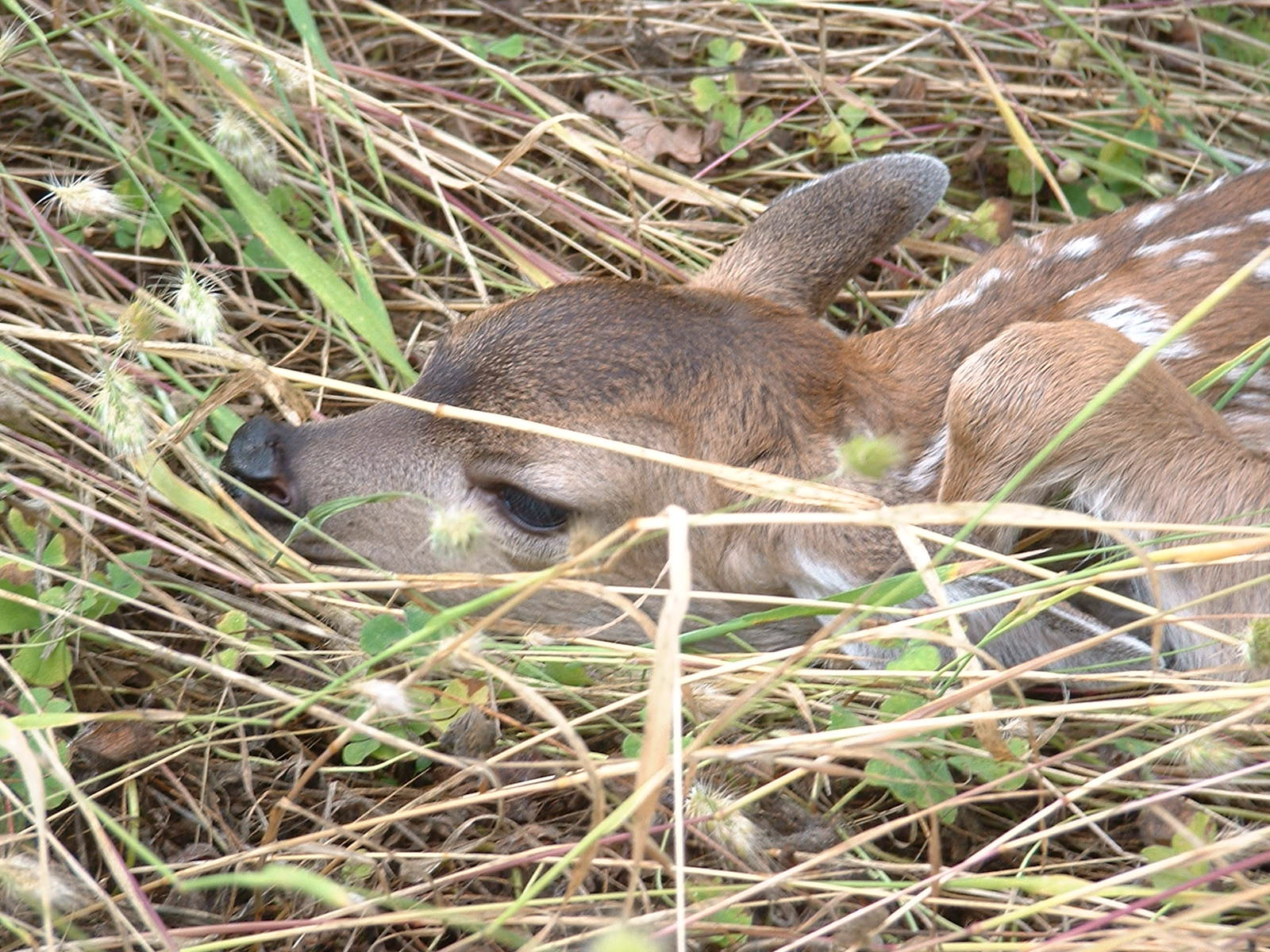BCCER Eco-Calendar
The ecosystem experiences a cool, wet season and a warm, dry season which are very different habitats capable of supporting quite different life forms. One way of coping is to avoid one season or the other by being dormant or migrating away. Many wildflowers exist only as seeds or dormant bulbs, corms, or tubers during the hot summer. Others actively grow and bloom in summer, but may be dormant in winter. Animals such as most snakes, ground squirrels, and many insects, aestivate or hibernate in protected places during winter. Others like salamanders and snails are mostly active in winter and spend the summer under ground. Some birds are only present in summer, others only in winter and some only in spring and fall as they stop over on long migrations. Of course many animals are present all year but even these will be in different places, doing different things from one season to the next. In this calendar I attempt to present some of the most striking activities for each month.
- January
In January about the only wildflowers blooming are Milkmaids. A few shrubs are flowering including Common Manzanita and California Bay. Toward the end of the month you may see Buckbrush and perhaps even Deerbrush in flower on the warmer slopes. Toyon berries are still quite conspicuous although many have already been consumed by American robins, hermit thrushes and other birds. The deer are frequenting meadows where they forage on young forbs and grasses. Turkeys are mostly in single-sex flocks but starting to show an interest in one another. They are foraging on acorns in the woodlands and on young green sprouts in the meadows. Bluebirds are abundant in the blue oaks where they feed on mistletoe berries and insects.
- February
A few more wildflowers are out including: Checkered Fritillary, Pacific Hound's-tongue. On exposed slopes some later-blooming species may be out (see references for March). Buckbrush should be in full bloom. During warm,wet periods treefrogs will produce painfully loud choruses at their breeding ponds. Buck deer should lose their antlers by the end of the month. It is not uncommon to see one with a single antler. Toward the end of the month the tom turkeys begin to show off (mostly to each other).
- March
In March the wildflowers begin to become spectacular. Some you may find include:
Several shrubs are flowering:
Tiny red leaves are beginning to show on the Poison oak (pictured above). The wild turkeys are now in mixed flocks with the gobblers all puffed up to impress the hens and each other. Deer numbers are declining as the migrants head for higher country. Flocks of snow geese, tundra swans, and sandhill cranes regularly pass overhead in their northern migration. Treefrogs will still be calling if the weather is wet. California newts will be migrating toward the creek on wet days and most nights.
- April
April is the month of the greatest wildflower show. During the first half of the month the open grassy areas along the ridges in the Tuscan Formation will have a profusion of showy annuals. Gradually the perennials begin to bloom in areas of deeper soil and the flower show moves deeper into the canyon. Look for Red Larkspurs, Canyon Dudleya, and Bush Monkeyflowers growing from cracks in cliff faces. The wild turkeys hens are nesting; the frustrated gobblers are looking for them. Migrant songbirds are back and filling the woods with music.
- May
The later wildflowers are blooming and, if the year isn't too dry, the show may rival April's. Various sunflowers, lupines, brodiaeas and Mariposa lilies are out, often making bright spots in the browning herbaceous vegetation. The baby turkeys begin to appear by the middle of the month. If walking or driving the canyon roads in early morning, look out for the newts that are migrating back up hill after spawning in the creek.

If the spring rains bring high flows to Big Chico Creek, the Spring-run Chinook salmon will migrate into the BCCER and find cool, deep pools to over-summer. This is a critical time in their life cycle so we ask visitors not to swim in the creek. The salmon will hold all summer in deep pools until they spawn and die in the fall.
- June
At the beginning of the month the woods are full of music since the migratory song-birds are busily setting up territories. June is the month for cute babies. Most does will have fawns with them by mid-month and the quail couples will be shepherding their bumblebee-size chicks around.
Wildflowers are not over. A few brodiaeas remain and the tar-weeds turn some hillsides yellow or white in early morning (Most close up before noon.) Humboldt lilies sport their towering stems and dangling globes in forest areas, particularly along stream banks. The manzanitas now have ripe berries avidly fed upon by bears, coyotes, and foxes.
- July, August
The BCCER is hot and the annual plants have mostly died and left dry combustible fuel for the next fire. Some plants such as poison oak and buckeye are going dormant. Many of the buckeye have lost their leaves to conserve water and the poison oak leaves are turning red, soon to be lost. Western Pond turtles are basking on rocks and downed trees in the creek. This protected species is very sensitive to human disturbance and the BCCER is one of the few places they can bask for long periods of time without having to flee from hikers and swimmers.
- September, October
Dead salmon carcasses will litter the banks of Big Chico Creek after their successful spring migration and over-summer resting in the deep pools of the creek. Many of the fall aquatic insects will begin to hatch as the temperatures cool. The bears are beginning to bulk up for their winter aestivation and their preferred food source is acorns. This is a good time to see bears in the meadows below the headquarters and at the north end of the BCCER.
- November, December
At least one or two of the oak species on the BCCER are producing significant numbers of acorns and this crop is the largest natural resource available to many animals. The deer, bears, turkey, other birds, rodents, and insects are consuming this rich food source. The bear scat looks like cornbread this time of year and it takes very little energy for animals to locate and consume this abundant crop. The maple and black oak turn a spectacular gold and yellow before they drop their leaves for the winter. At the creek you will see Indian Rhubarb turn brilliant shades of red and yellow as they prepare for the dormant season.



